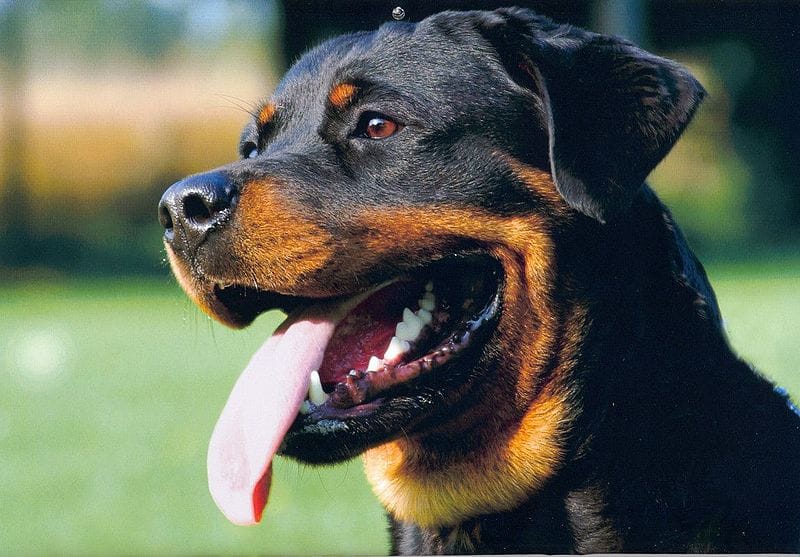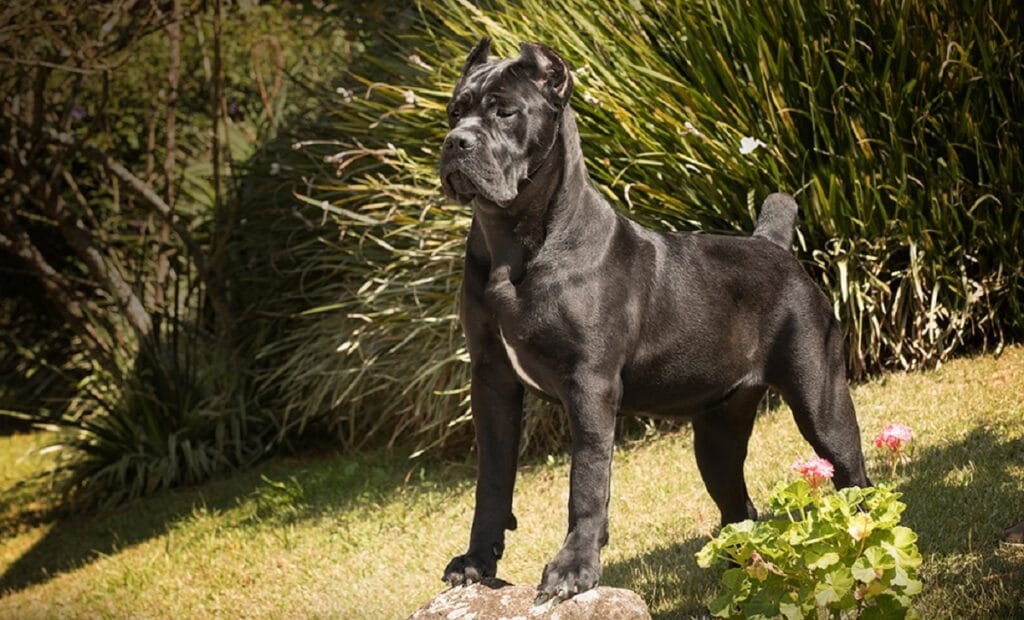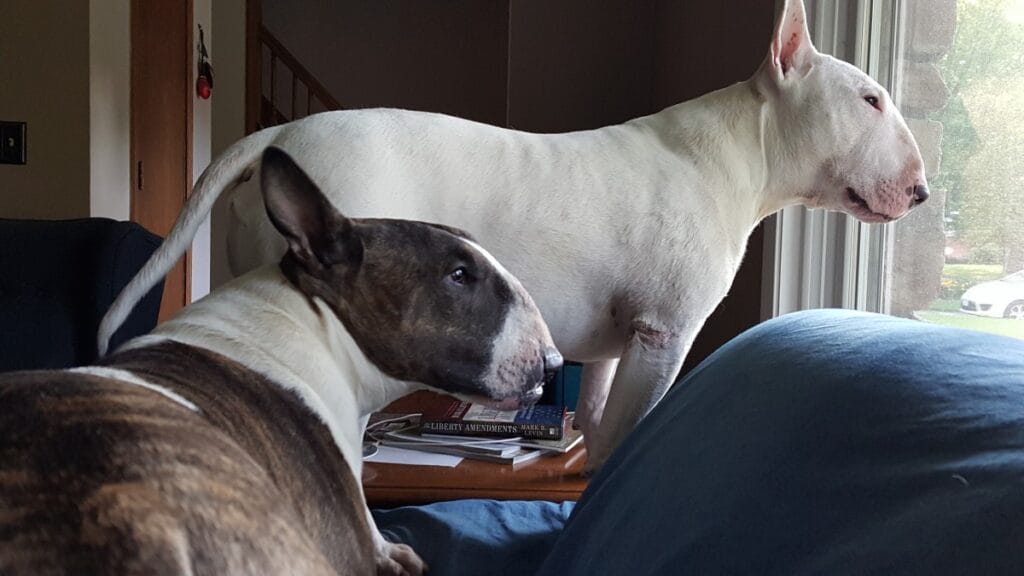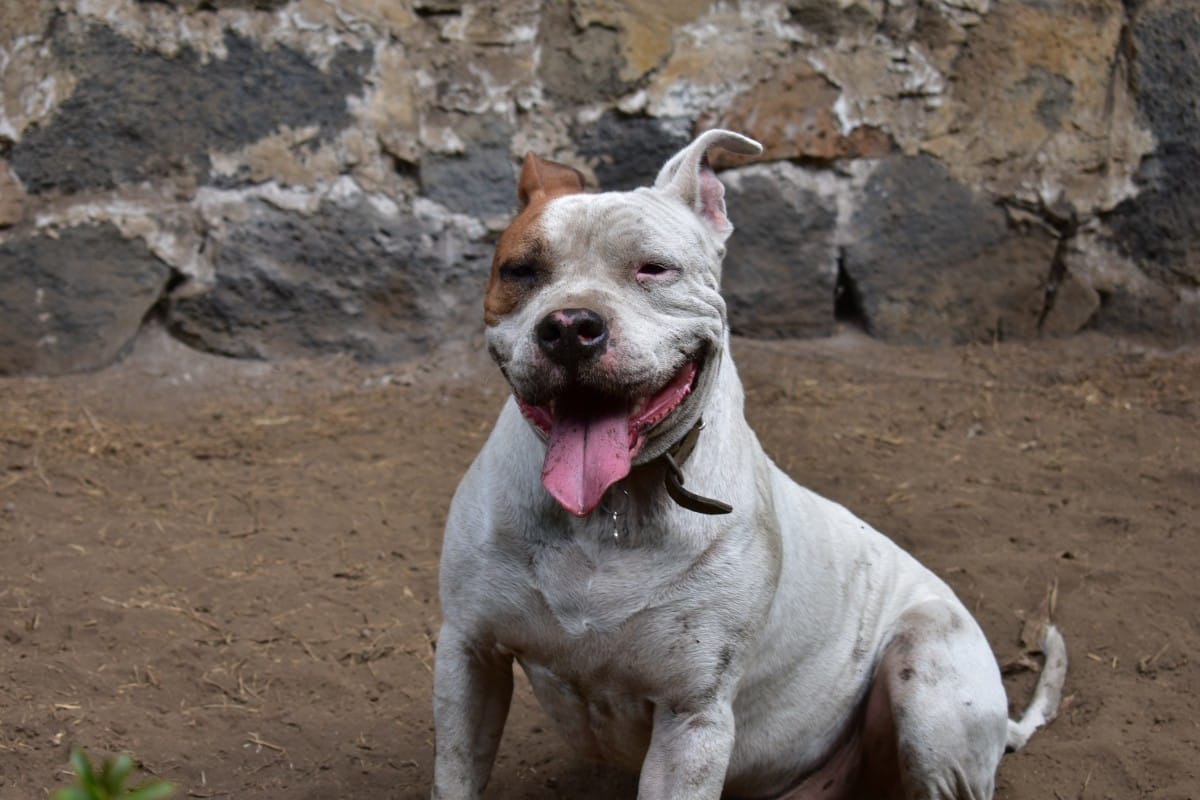It is believed that some dog breeds are more prone to aggressive behavior due to the presence of special genes. We decided to check whether this position is supported by scientific data.
Collections of the most aggressive dog breeds are regularly published on the Internet. Such lists usually fall pit bull terriers, rottweilers, shepherd dogs, Great Danes, Boxers, Bull Terriers and Staffordshire terriers. But you can meet and alternative collections where include seemingly harmless collies, poodles, dachshunds, chihuahuas and Jack Russell terriers. Popular explanationhow dogs get on such lists is whether they have some aggressiveness gene. About husky, labradors and some other breeds, on the contrary, are reported to have the aggression gene bred out or absent. In 2019, the Russian government even approved a list of especially dangerous dogs, which included 12 breeds, as well as their crossbreeds. “These are dogs that have genetically determined qualities of aggression and strength and pose a potential danger to the life and health of people, dogs used for baiting, and dogs of aboriginal breeds in which there has not been selection for loyalty to humans and the characteristics of their behavior have not been fully studied,” says the official press release. Similar lists There is and in others countries.
Traditionally, breeds such as pit bulls, Rottweilers, Great Danes and bull terriers called fighting dogs. However, in the classification developed by the Fédération Cynologique Internationale (FCI), which includes the Russian Cynological Federation (RKF), there is no such group of breeds. There are ten categories in total and a list of unclassified breeds. It is significant that not a single breed mentioned in the Russian list of especially dangerous ones is simply No in the FCI and RKF classifications. For example, ambuldog is a slang name for an American bulldog, but such wording cannot be in a dog’s passport. The mention of a North Caucasian dog looks no less strange - experts believe that this may be an analogue of the Caucasian Shepherd Dog, however, like the “ambul”, this name is not officially assigned. Dog handlers called breeds listed in the Russian list as “mythical dragons” that cannot be found on the street.
Dog aggression can be caused by different incentives. Some types of this behavior are inherent in most animals - so-called maternal aggression, when a dog protects its offspring, usually does not need correction and goes away as the hormonal levels of the female change and the puppies grow older. Aggression in response to pain is also natural - an injured dog does not allow a person to approach it.

Displaying other types of aggression specifically brought up in service, hunting and herding dogs. These are, for example, territorial (maintaining control over the territory), hunting, food (preventing others from getting to one's prey), possessive (maintaining control over an object) and defensive (the desire to place oneself between the owner and a potential source of threat). It is assumed that the dog will exhibit this behavior in certain situations and under certain stimuli, and proper education will help it correctly assess the level of danger.
In some cases, aggression manifests itself due to improper upbringing or maintenance. Thus, control aggression arises due to the animal’s uncertainty and anxiety - it can develop if the puppy did not have a safe shelter. Some dogs may exhibit fearful aggression, which is most often caused by breeding, when the owners devoted little time to the animal and it began to overestimate the threats around it. Learned aggression also manifests itself due to errors in education - for example, if a puppy was constantly trying to take away a toy and was not given anything in return, he simply does not acquire other communication skills. Aggression towards a new situation (situation, place or object) is most often provoked by the puppy’s isolation.
Two more types of aggression - intraspecific and play - arise mainly due to disorders in the animal’s psyche. Aggression against relatives occurs not only in dogs and manifests itself in relation to all of them, and not specific “enemies” (the presence of the owner, unlike defensive aggression, is not required). Playful aggression is a sign of an easily excitable psyche. This behavior can occur spontaneously, but is most often provoked by the owner, who encourages rough play between the puppies.
Finally, the last type is idiopathic (that is, causeless) aggression, also known as Springer's symptom. These are sudden and uncontrollable outbursts of aggression towards the owner, other animals, objects and even oneself. Probably, the compilers of various lists of the most dangerous dogs warn about a genetic predisposition to precisely this type of behavior. Although the reasons for the phenomenon not enough have been studied (possible options include genetic predisposition, neurological and hormonal disorders), dog handlers know which breeds are more prone to idiopathic aggression than others, and these are not bull terriers and Rottweilers, but cocker spaniels, English springer spaniels, German shepherds, golden retrievers and Doberman pinschers. A definitively effective treatment for the pathology has not yet been found, so in the most severe cases, veterinarians offer euthanasia.

As for other types of aggressive behavior in dogs, how found out in 2019, American scientists found that 60–70% of behavioral traits are transmitted from parents to offspring, that is, the tendency to aggression primarily depends on the character of the animal’s parents. Researchers analyzed the behavior and genetics of more than 14,000 dogs from 101 breeds. It turned out that aggression towards the owner and other dogs has approximately 50% of the hereditary component, and towards strangers - from 70%. Although, scientists emphasize, a dog's behavioral characteristics depend primarily on the traits of its parents, and not the breed, the most pronounced aggression against strangers in the study demonstrated miniature pinschers, in relation to the owner - poodles, chow chows and maltese dogs, and in relation to other animals - Akita Inu. Scientists were unable to find the same aggression gene that some Internet users write about - according to their findings, a dog’s behavior is regulated by a combination of 131 genes at once. Commenting on the study, Arizona State University animal behaviorist Clive Wynne called dog owners should not “take this as confirmation that their pet’s character is completely innate and predetermined” and advises treating each animal as an individual, and not a representative of a particular breed.
In 2021, biologists and geneticists from the University of Helsinki studied behavioral data for 9,270 dogs. Animal owners, at the request of the scientists, filled out questionnaires in which they provided information about their pets and answered questions about their manifestations of aggression, reactions to noise and heights, hyperactivity, anxiety during separation from the owner, and living conditions. Based on this information, the researchers created a statistical model that allows them to calculate the level of aggression depending on age, gender, breed, size of the animal, the presence of other pets in the family and other characteristics. Small dogs turned out to be more aggressive than medium and large ones, fearful ones - more aggressive than calm ones, elderly ones - more young ones, males - females. Of the 23 “breeds and types” analyzed by scientists, the most prone to aggression were long-haired collies, miniature schnauzers and poodles, German shepherds and Spanish water dogs. Staffordshire bull terriers ranked fifth from the bottom in terms of aggressiveness, behind only the sheltie, Lapp deer dog, golden retriever and Labrador retriever. Professor Hannes Lohi, who led the study notes: “While there is a genetic component to a dog’s tendency to be aggressive, environmental factors play a critical role, meaning owners can and should influence their dog’s level of aggression.”
In 2015, American scientists tried collect statistics on bites of people by dogs of different breeds. The sample included 334 victims who sought medical help. Of these, 123 people (37%) could not identify the breed of the dog that bit them, 114 (34%) said it was a pit bull terrier, 14 (4%) said it was a German shepherd, 10 (3%) said it was a Chihuahua. However, scientists point out that information about the breed was recorded from the words of the victim, and not from the animal’s passport, therefore, in determining the breed, errors are possible - both conscientious and those associated with bias. In a quarter of the cases, the victims assessed the bites as provoked by their own behavior, 7% - as unmotivated aggression, in 28% they found it difficult to understand the reason for the attack, the remaining 40% were due to the work of police dogs. However, like the breed, the motivation of the animal was also determined by the victims themselves, so such data cannot be called objective.

The idea of some breeds as aggressive is also formed due to other factors that have nothing to do with the behavior of the dogs. Thus, a poodle or a Chihuahua can often show aggression and bite its owner, but the owner will not attach much importance to the bites, while even one bite from a Staffordshire Terrier will require treatment and will leave an unpleasant impression for a long time. The structure of the jaw also plays a role - in the case of a scissor bite and brachycephaly of the animal (that is, the presence of a flattened, flattened muzzle) when biting is happening additional tearing of an object caught between the jaws.
Thus, scientific evidence confirms the presence of a hereditary component in a dog’s tendency to aggression, but it is not associated with the animal’s belonging to a particular breed, but with the characteristics of the puppy’s parents. In the vast majority of cases, unwanted aggression exhibited by a dog is explained by hormonal changes, errors in education, or psychological problems. In all these situations, the owner can and must minimize risks both for the animal itself and for others.
Cover image: PxHere
Read on the topic:
If you find a spelling or grammatical error, please let us know by highlighting the error text and clicking Ctrl+Enter.






